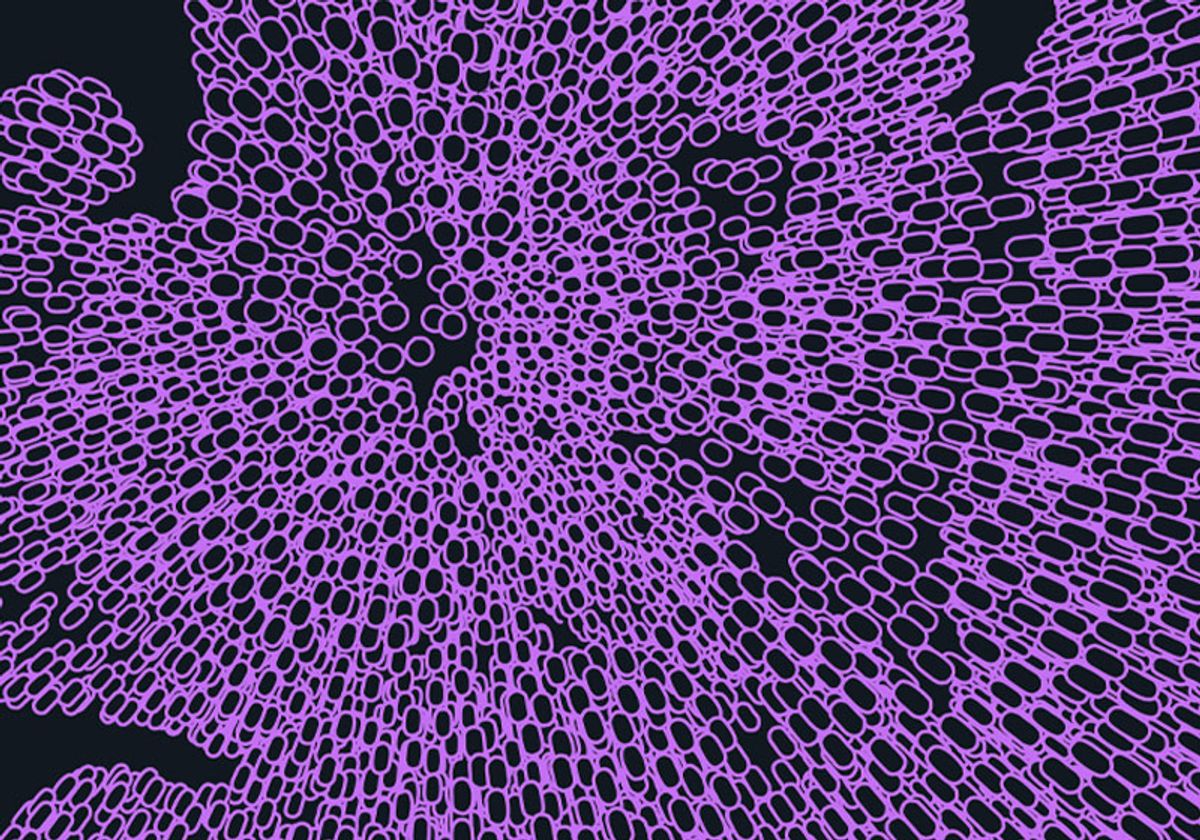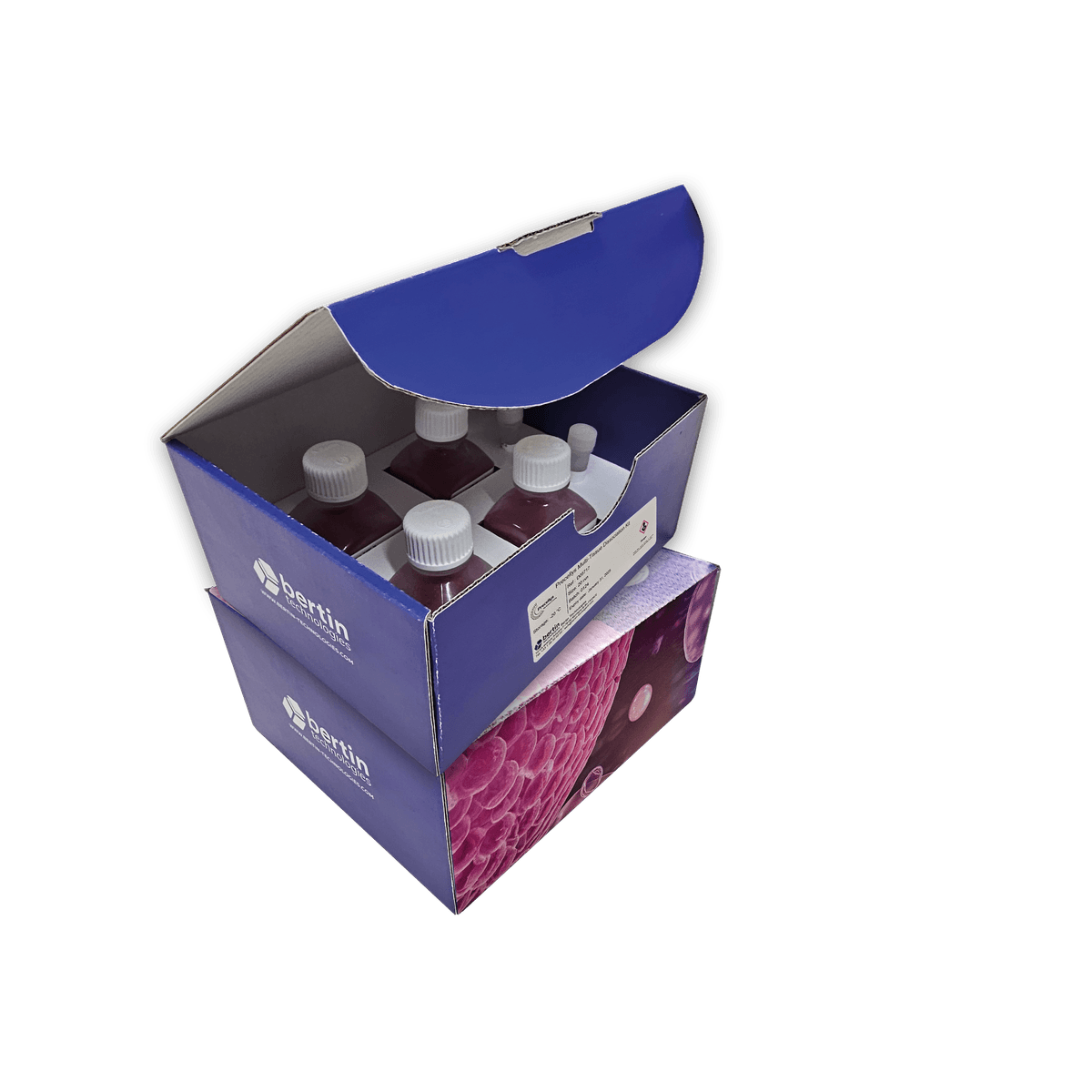Dissociating tissues into single cells is a core laboratory technique and vital for widely used applications such as next-generation sequencing or flow cytometry. Scientists who employ tissue dissociation aim to rapidly isolate high numbers of viable single cells from tissue aggregates and cellular debris with minimal damage to cell surface antigens. Obtaining high yields of viable single cells is critical for downstream workflows and reliable data acquisition. To do so, researchers rely on a multi-step procedure that includes disrupting intercellular connections and breaking apart the fibrous extracellular matrix scaffolding that surrounds cells and provides structural support to tissues.1 Care must be taken to strike just the right balance between implementing sufficient mechanical and chemical agitation to dissociate cells, while avoiding undue cell stress that negatively affects viability.
Streamlining Tissue Dissociation Workflows
Researchers use various protocols to dissociate single cells from different fresh tissues, each with unique considerations depending on the tissue type and complexity, cellular heterogeneity, sensitivity to enzymatic digestion, temperature, and sample storage conditions. These variables can affect the yield and viability of dissociated cells, necessitating a comprehensive and versatile approach that addresses the unique considerations for fresh tissue dissociation across a range of different tissue types. This is particularly important when interrogating tissues for applications that have translational significance. For example, in drug discovery and development research, where variations in cellular yield and viability, as well as DNA/RNA integrity can substantially alter downstream responses to potential therapies.
While traditional approaches are useful, they are not adaptable to a broad range of fresh tissues and often require specialized equipment and the use of individualized dissociation kits that are specific to discrete sample types. Multi-tissue dissociation kits are designed to streamline protocols for tissue dissociation by standardizing key aspects of the tissue homogenization and dissociation process, in combination with tissue homogenizer instrumentation. Importantly, multi-tissue dissociation kits and related instrumentation that have built-in adaptability to the inherent tissue dissociation protocol variations between different tissue types enable easier optimization and better results than traditional approaches.
A Versatile and Adaptable Solution for Multi-tissue Dissociation
Bertin Technologies’ Precellys Multi-Tissue Dissociation Kit is a versatile solution that addresses the inherent complexity of dissociating different tissue types using a fast, flexible, efficient, reliable, and cost-effective approach. The kit enables single-cell tissue dissociation from complex tissues, including mouse heart, lung, liver, spleen, and thymus, for downstream single-cell analysis workflows. An innovative and proprietary technology that uses beads to gently shear tissue in preparation for homogenization preserves single cell viability and maximizes yield, with over eighty percent cell viability for widely used tissues.
The kit is compatible with the Precellys Evolution Touch Homogenizer and is highly adaptable to different tissues and their respective dissociation protocols. The Evolution Touch Homogenizer is equipped to provide high energy agitation to the shearing beads in the kit tubes, with variable speed options depending on the tissue type. By eliminating the need to use multiple kits or dissociators, the Precellys Multi-Tissue Dissociation Kit in combination with the Evolution Touch Homogenizer streamlines and optimizes single-cell sample preparation, reducing the total handling time to approximately 50 minutes. Overall, such innovative solutions help scientists take the guesswork out of customizing tissue dissociation protocols for different fresh tissues, optimize downstream single-cell workflows, and produce reliable data efficiently.
- Reichard A, Asosingh K. Best practices for preparing a single cell suspension from solid tissues for flow cytometry. Cytometry A. 2019;95(2):219-226.


